Top 10 Inventions Of 2013: Bladeless Windmills, A Cancer-Sniffing Computer Program And More [PHOTOS, VIDEO]
Ingenious minds were hard at work in 2013. Here’s a roundup of 10 of our favorite inventions of the past year, ranging from simple lights to scare off lions to complex cancer-detecting computer algorithms:
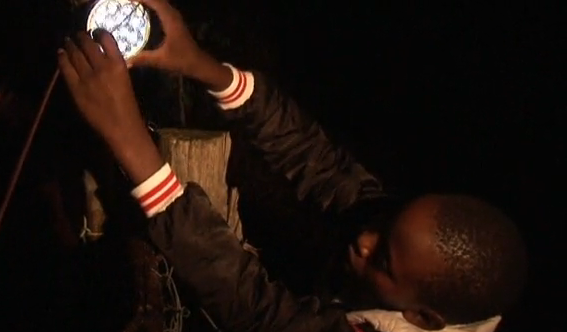
1) Lion Lights: A 13-year-old Kenyan boy came up with an ingenious solution to keep lions from feasting on his family’s cattle. Young Richard Turere, who lives near Nairobi National Park, noticed that the lions shied away from the family farm if someone was walking around with a flashlight. So he rigged up a system of flashing LED bulbs on poles. Turere came up with his “Lion Lights” despite lacking any formal electronics or engineering training.

2) Bladeless Windmill: Wind power without spinning blades? Impossible, you might say -- but you’d be wrong. The Dutch architecture firm Mecanoo installed this powerful, curious-looking contraption at the Delft University of Technology in March. Instead of translating the mechanical energy derived from the movement of large blades rotated by the wind, the bladeless turbine lets wind move electrically charged water droplets against the direction of an electric field, increasing the potential energy of the particle. A collecting system then harvests that excess energy. The lack of large moving parts means the turbine is quieter and creates much less vibration, making it much better-suited to urban environments.

3) Cat-Like Reflexes For Your iPhone: Technically, U.S. Patent Application No. 20130073095 (“Protective Mechanism for an Electronic Device”) was filed by Apple in 2011, but the U.S. Patent and Trademark Office only published it just this March. Basically, the patent covers a way for your phone to shift its own center of mass when you drop it. A sensor detects if the phone is in a free-fall state, and a tiny mechanism makes subtle adjustments that could save you a cracked screen:
“The protective mechanism may be activated to rotate the device so that it may impact a surface on its edge, rather than on a screen portion,” Apple says in its patent application. It remains to be seen when this mechanism might be introduced into products -- but maybe you’ll feel a little less stressed about the condition of your iPhone 12 when you accidentally drop it from your hoverboard.
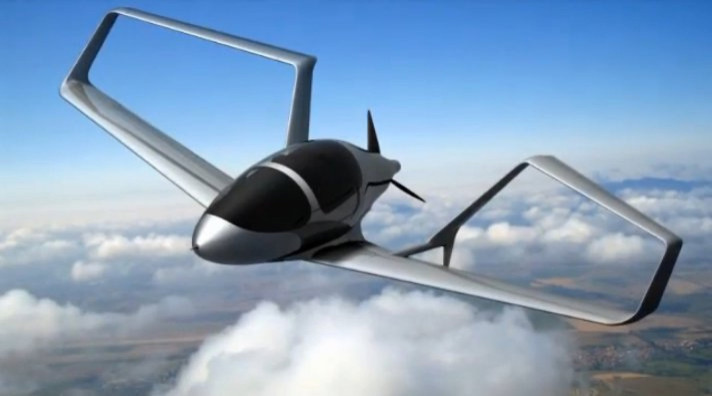
4) A Plane For Every Garage: Synergy Aircraft’s John McGinnis is working on a five-seater family plane with unusual box-shaped wings that make it easier for the tiny flier to stay stable and glide longer. The plane has been in the works for several years and has won laurels from Popular Science, even though it’s only been flown as a quarter-scale model. But the company has been working on a full-sized prototype in 2013, with the help of more than $95,000 raised through a Kickstarter campaign.

5) Charged In 30 Seconds: High school student Eesha Khare created a new kind of super-capacitor energy-storing device that could eventually lead to superfast battery charging for phones and other devices (including car batteries). Khare’s device (which netted her a $50,000 scholarship from the Intel International Science and Engineering Fair) has a special nanostructure that makes it last longer than the average battery and charge up quicker -- though at present, it stores less energy than a comparable battery. But the Harvard-bound teen will have plenty of time to perfect her invention in the years ahead.
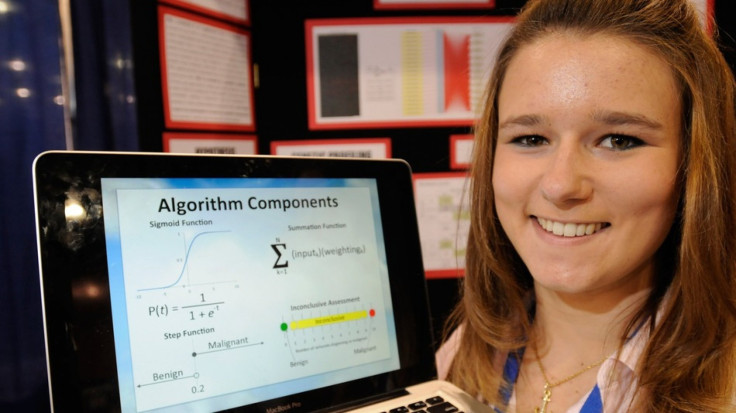
6) Training Computers To Sniff Out Leukemia: Eighteen-year-old Brittany Wenger, another teen competitor at the Intel Science Fair, used her computer know-how to create an algorithm that can look for patterns in a patient’s genetic profile to spot signs of a nasty form of cancer called mixed-lineage leukemia. This isn’t Wenger’s first foray into harnessing the power of artificial intelligence for medicine: She previously created a computer program that analyzes breast tissue samples to spot signs of breast cancer.
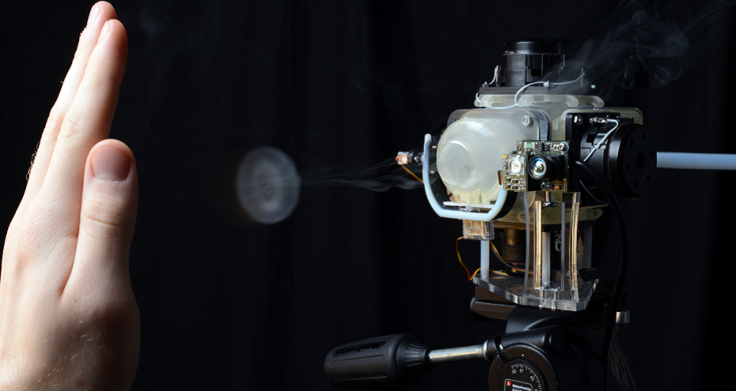
7) Phantom Touch: Furthering the progress of virtual reality is the Aireal, a haptic device that puffs little donut-shaped air bubbles onto your skin. It can create a range of tactile sensations -- from the feeling of birds flying around your head to flowing water to even an invisible button. You can imagine the possibilities of hooking up the Aireal up to a mobile device -- movies and applications that you can "feel" around you!
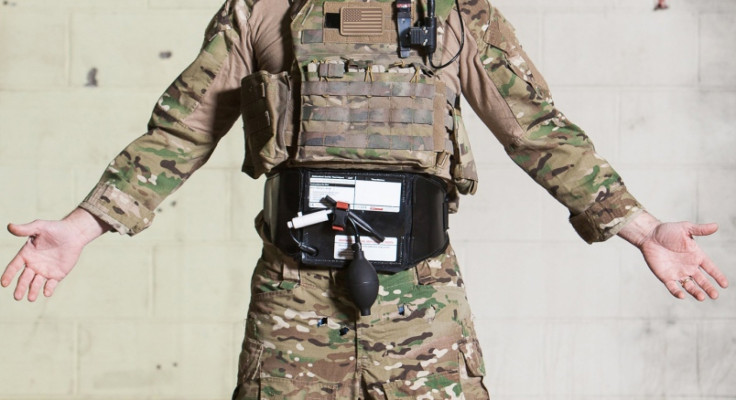
8) Inflatable Tourniquet: Former Army surgeon John Croushorn received FDA approval for his inflatable tourniquet back in 2011, but the device saved its first two lives this summer: a 41-year-old gunshot victim as well as a soldier in Afghanistan who lost both legs to an IED. The device is able to compress the torso much better than conventional tourniquets, buying more time for people who suffer what are called junctional hemorrhages -- intense bleeding from the neck, pelvis, groin or shoulder.
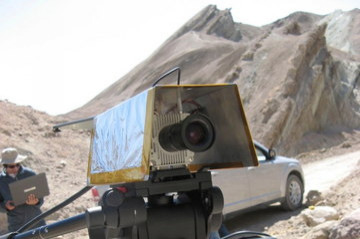
9) 3D Camera To Help NASA Rovers Become Self-Starters: One of NASA’s new inventions this year was the TextureCam, which takes 3D pictures of rocks and can automatically tell the difference between rocks, sand and sky by detecting textures. This invention could give future planetary rovers a little more autonomy on their missions. Currently, rovers like Curiosity are mostly fully under control of technicians back on Earth, who examine pictures the robot sends back and then decide where to send the rover to drill and perform experiments. Because of the great distances between the Earth and Mars, sending instructions back and forth takes a lot of time. With the TextureCam, the rover would be able to sift through all the pictures it takes and send only the most likely targets back to Earth.
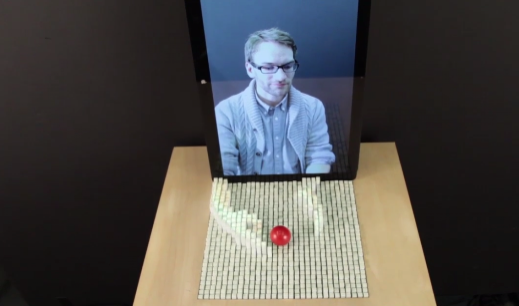
10) Reach Through Your Screen: Ever wanted to reach through your computer screen to slap an annoying TV character or Internet commenter? That future may be nigh: MIT researchers have created a way for you to reach out and touch things from a distance. The inFORM computer system combines a Microsoft Kinect that tracks your hand movements, which are translated into physical movements within a stack of actuators and pins. With the prototype model shown in the video below, a user can roll a ball around, aim a flashlight and more:
© Copyright IBTimes 2024. All rights reserved.





















